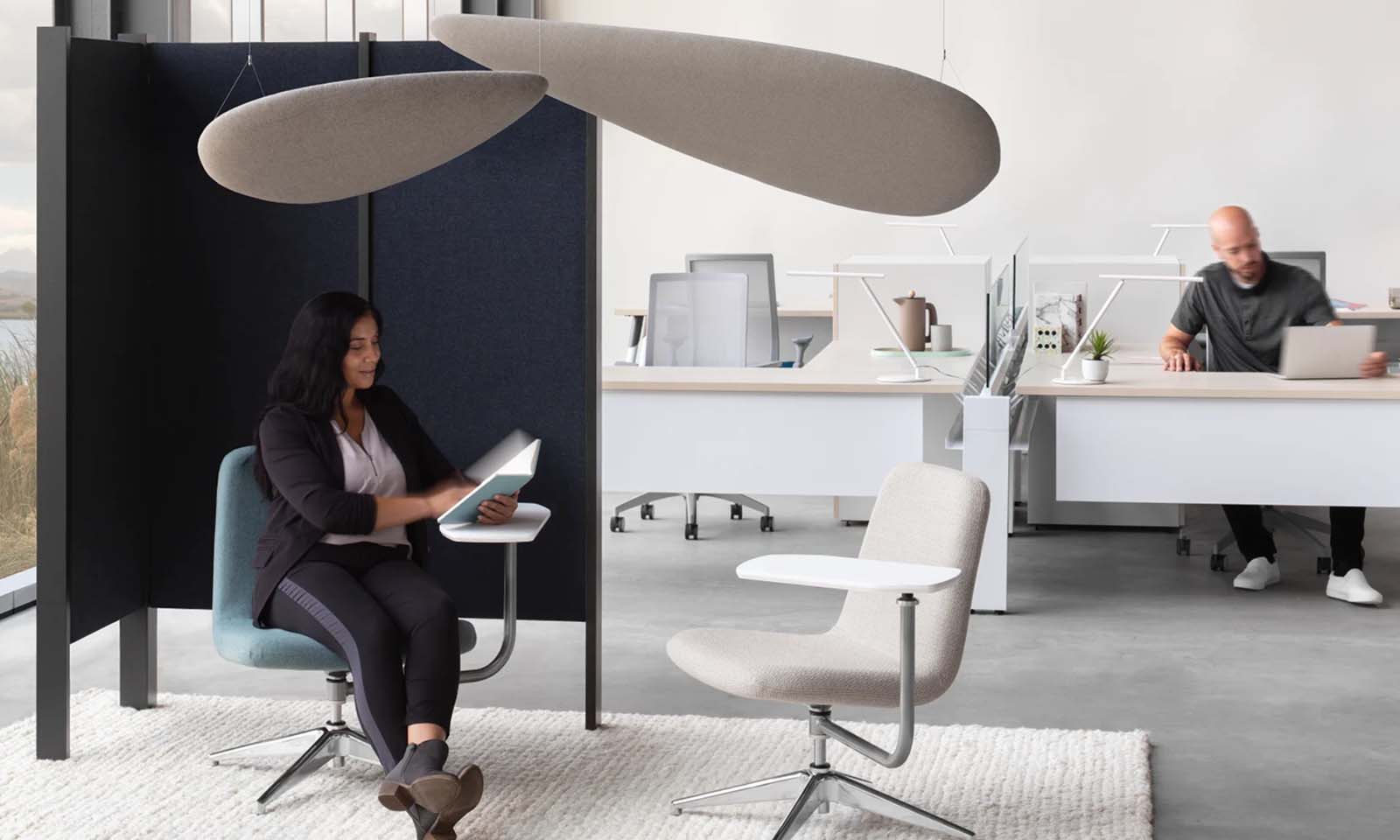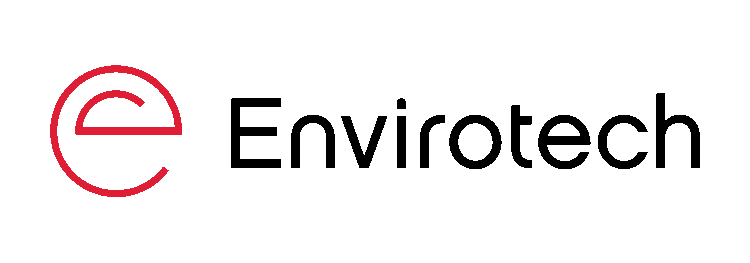
Now that we are mostly coming out of the pandemic here in the US, it feels like we and our organizations are collectively staring at a giant RESET button but are not at all sure what will happen if we push it. May I humbly suggest we not leave it to chance, but rather seize this opportunity to set aside those past biases, habits or dysfunctional unwritten rules that contributed to massive worker disengagement or disenfranchisement—like:
How will we know they’re working if we can’t see them?
-or-
Coming in early and staying late is a sign of commitment.
-or-
Workers will take advantage if they have too many freedoms.
This is a huge never-before-in-our-work-lifetime chance to not just reimagine the physical workplace, but to design for diversity and inclusion, equity and belonging instead of compliance or conformity.
In almost all the conversations we are having with organizations as they grapple with their “return to the office” strategy, we have ended up talking about “means” vs. “outcomes.” Most of us tend to jump to a solution before we have clarified what we are trying to solve for. Instead of announcing a new policy that workers must come in 3 days a week like Apple did back in June (a means to an end), start by defining the “outcomes” you want your organization to create. And once you have those in mind—like strengthening social cohesion and increasing worker effectiveness, or making workers feel included and successfully on-boarding new hires—involve individuals and teams in discussions about how the office or a potential distributed work program can best support those goals.
Make sure those means include factors known to correlate to performance and DEIB (diversity, equity, inclusion and belonging).
Here are our top five recommendations:
- Increase the autonomy individuals and teams have over their schedules, presence in the office, and how they get things done. On their website, Gartner recently shared research demonstrating the sizable benefits:
– “62% of knowledge workers are high performers when afforded significant work flexibility versus 27% of those provided with little flexibility.
– Employees are 3 times more likely to be high performers when given flexibility over where, when, and how they work.
– Among knowledge workers, high levels of enterprise contribution are most common among those who are fully remote.
– Hybrid teams are most likely to show high levels of inclusion (fully on-site teams are least likely).
And despite widely voiced concerns about culture and innovation,” Gartner “data shows that fully on-site teams are least likely to show high levels of engagement, trust or discretionary effort, are least comfortable taking risks and least likely to provide opportunities to innovate outside of meetings.” - Balance those increases in AUTONOMY w/ more attention to interdependence: With more autonomy comes more responsibility to one’s team and other colleagues. Encourage teams to create explicit agreements about how best they will work with each other: When is face-to-face THE best way to collaborate on a particularly wicked problem? What other types of activities/processes is the office best at supporting? How do we help each other “know what each other knows” and strengthen other elements of social cohesion when we are not always physically together?
- Tolerate greater variety in spatial accommodations, ways of working and those explicit agreements from one team to another. And rather than being afraid to ask for workers’ perspectives, assume that they will rise to the occasion and involve as many employees as possible. If they embrace the outcomes and help shape the means, they are likely to be “all-in” and quite thoughtful (and helpfully realistic) about how best to get there from here. And they will end up with the complement of spaces and resources they need to get their most business-critical work done.
- Instill in teams a sense of territory and ownership over their neighborhood—especially if you are moving to free-address for workstations or offices. It’s a natural by-product of involving workers, and the science tells us this correlates to team performance. Encourage expressions (totems, physical or virtual bulletin boards, banners, etc.) of their collective identity and pride in their work.
- Manage that relevant variety and sense of ownership by designing spaces to be way more easily adaptable over time. Said another way, design for things to change. And encourage workers to suggest or even trigger the modifications that improve the effectiveness of space or resources to support their work processes. Things are changing faster and faster, and workplaces must keep up to remain relevant and enabling.
And finally, worry less about having all the answers…better to ask really great questions and trust that you’re surrounded by smart, well-intentioned people who want to help figure this out so that everyone can thrive.

